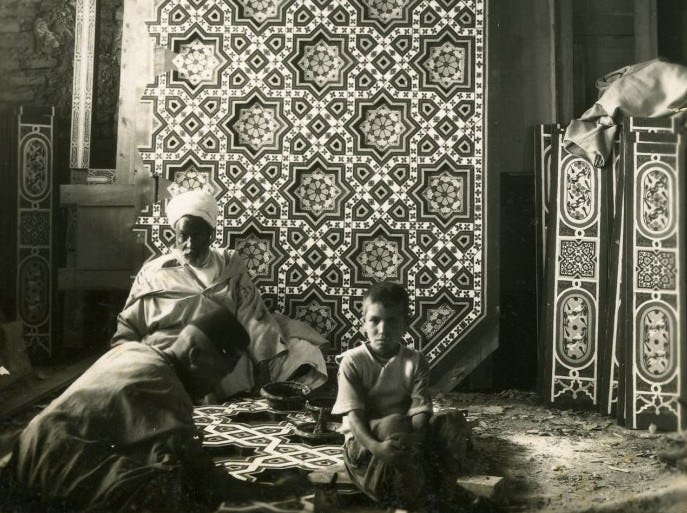Blown Glass Jar with Trailed Zigzag Decoration
Date7th - 8th century
PeriodUmayyad
MediumGlass
DimensionsOverall: 2 5/8 x 3 3/16 in. (6.6 x 8.1cm)
ClassificationsGlass
Credit LineCourtesy of the Doris Duke Foundation for Islamic Art
Object number47.117
DescriptionThis transparent green globular jar, characterized by its rounded rim, short concave neck, and tapering bulbous body, features a horizontal zigzag trail forming a ‘collar’ that elegantly connects the rim to the vessel’s shoulder. The jar exemplifies the transitional phase between two pivotal glassmaking traditions, the Roman and the Islamic, within the Mediterranean coastal region.Glassblowing, a revolutionary technique, first emerged in workshops along the Syro-Palestinian coast in the mid-1st century BCE, as evidenced by archaeological findings in Jerusalem. Early glassblowing involved partially inflating softened glass tubes using short clay pipes. These workshops that produced glass vessels for the late Roman and Byzantine communities adapted to serve the evolving tastes of new Muslim patrons. While stylistic nuances and functional demands shifted, early Islamic glass often retained Roman forms, blurring distinctions between these traditions. Trade networks across Western Asia further facilitated the diffusion and integration of styles.
This jar bears a striking resemblance to artifacts like the 4th-century CE Roman jar in the Metropolitan Museum of Art (Object Number: 81.10.174). However, without a definitive archaeological context, its provenance and site of manufacture remain speculative. This underscores the challenges of attributing early glass artifacts to specific cultural or geographic origins, reflecting the interconnectedness and fluidity of ancient glassmaking traditions.
On View
On viewCollections
18th - 19th century
19th century
18th - 19th century
12th - 13th century
11th -12th century
18th-19th century
19th - 20th century
19th century
19th century
19th century














